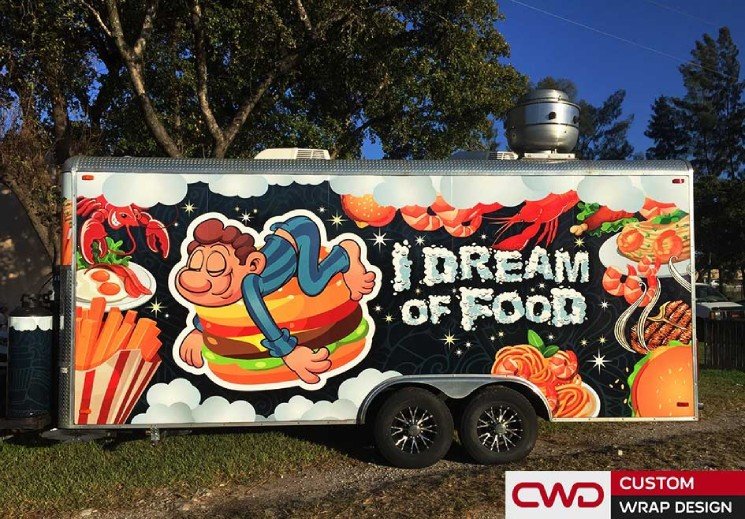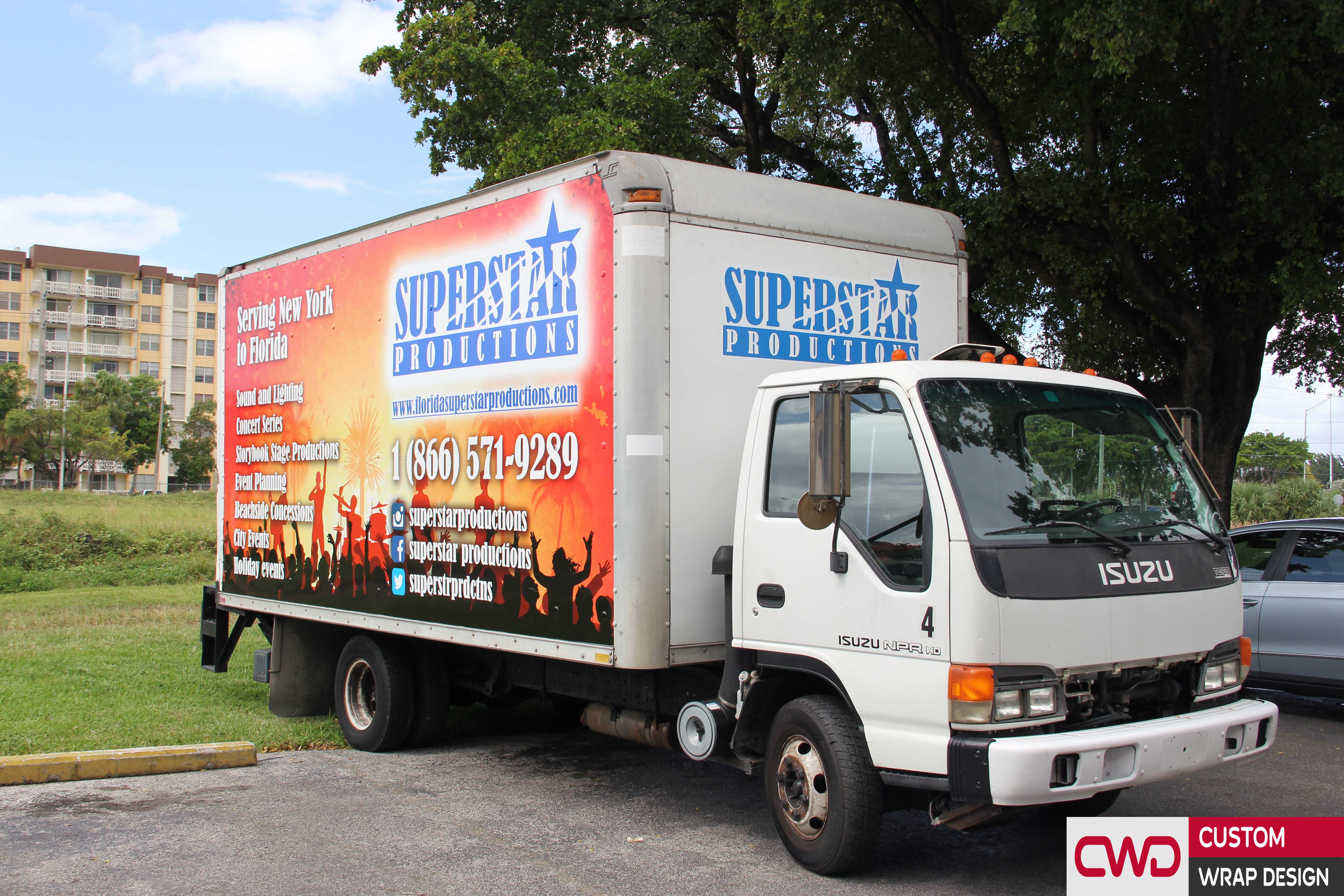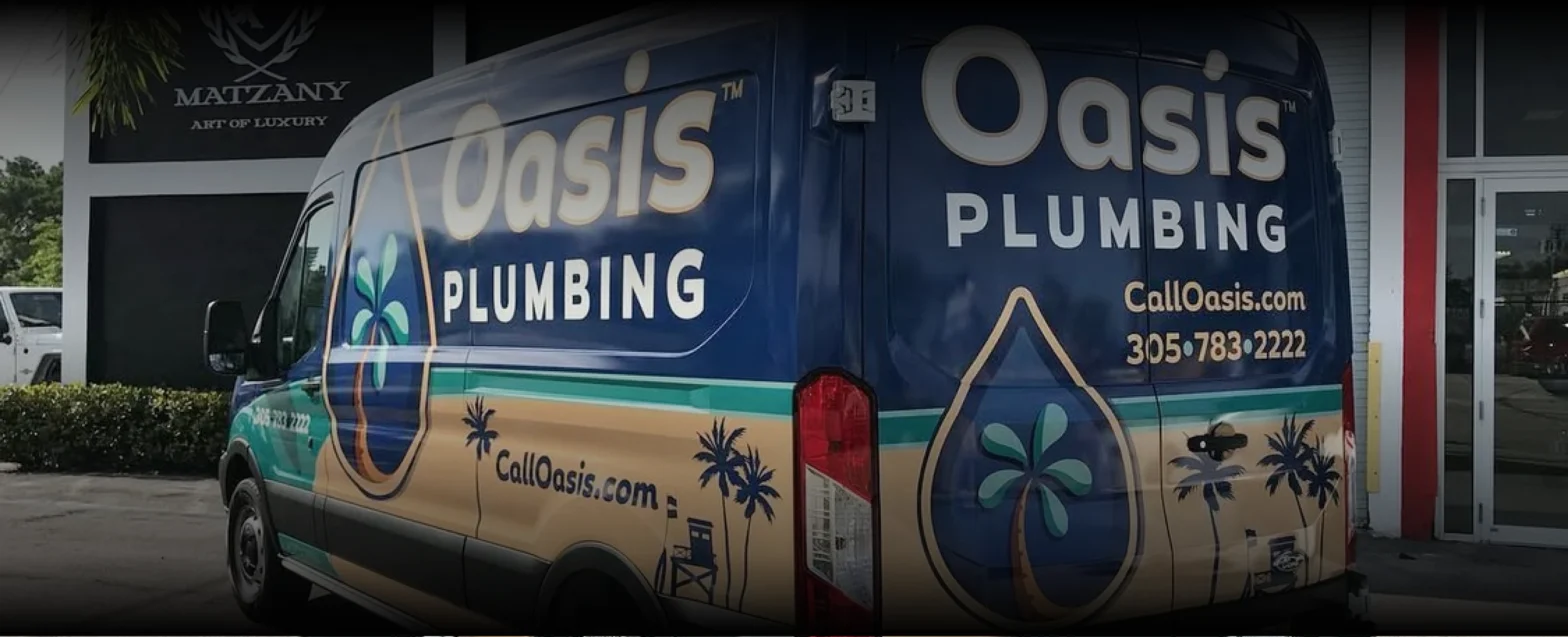If you manage a service business, you already know that every marketing dollar needs to work harder. Traditional advertising channels like radio spots, newspaper ads, and billboards demand ongoing investment with no guarantee of sustained visibility. Commercial vehicle wraps offer a different value proposition: a one-time investment that continues delivering impressions for years.
According to industry research, vehicle wraps generate between 30,000 and 70,000 daily impressions per vehicle. When you calculate the cost-per-mille (CPM)—the price per thousand impressions—fleet vehicle wraps consistently outperform almost every other local advertising medium. While a billboard might cost $5-$25 CPM and radio advertising can run $10-$20 CPM, a vehicle wrap typically delivers impressions at under $0.50 CPM over its lifespan. For small business owners focused on cost-per-acquisition, this math changes the game.
Why Vehicle Wraps Work for Local Marketing
Beyond raw impression numbers, commercial truck wraps offer something most advertising can't: built-in credibility. When potential customers see your branded trucks in their neighborhood, you're not just another ad competing for attention. You're a local presence, actively working in their community.
Service-based industries like plumbing, HVAC, construction, and delivery benefit particularly from this effect. A well-branded truck signals that you're established and invested in quality—starting with how you present your own business.

Tracking Your Results
Track phone calls and website traffic after wrapping your fleet. Many businesses see immediate increases in both. Ask new customers how they heard about you. Many will mention seeing your trucks.
Consider that each wrapped vehicle works around the clock. Parked outside a job site, your truck advertises to everyone who drives past. Stopped at traffic lights, you're visible to dozens of vehicles. Over months and years, this exposure compounds into thousands of potential customer contacts.

Branding Tips for Small Business: Start With One
If you manage multiple vehicles but feel hesitant about the investment, start with one truck. Wrap your newest or most visible vehicle first. Track the response. Most businesses wrap their remaining fleet once they see the results from the first unit.
Consistency matters more than speed. It's better to do one vehicle correctly with quality materials than to rush through your entire fleet with compromised standards.

Why Commercial Wraps Are Your Best Marketing Investment
Commercial vehicle vinyl wraps work because they meet potential customers where they already are: on the road, in their neighborhoods, living their daily lives. Your fleet becomes a persistent presence that builds familiarity and trust over time.
The process involves developing a design that communicates clearly, selecting materials that last, and working with installers who can execute the vision. Done right, your wrapped fleet becomes one of your most effective marketing channels. Ready to explore what fleet branding can do for your business? Start by thinking about your core message and what you want potential customers to remember. The rest follows from there.








